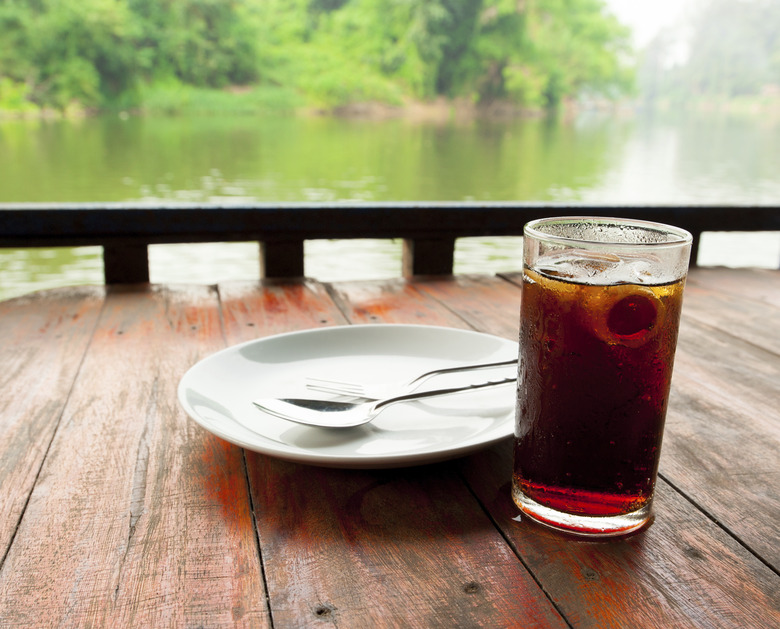The Difference Between Sucralose & Fructose
Sucralose (C12H19O8Cl3) is a no-calorie, artificial sweetener derived from sucrose. It is a chlorine-substituted disaccharide composed of one glucose and one fructose unit. Resistant to hydrolysis in the digestive tract, sucralose produces no glycemic response and is thus safe for people with diabetes.
Fructose (C6H12O6) is a monosaccharide derived from corn. It has been associated with obesity, diabetes and nonalcoholic fatty liver disease due to its metabolism in the liver and cells. High-fructose corn syrup is the major source of fructose in food ingredients. People who are allergic to corn should seek alternative to corn products (e.g. high-fructose corn syrup) and maintain a corn-free diet.
Sucralose vs. Sucrose
Sucralose vs. Sucrose
One of the most common sucralose-based sweeteners is "Splenda," the little yellow packet that you often seen in coffeeshops. Sucralose offers a broad pH, aqueous, thermal and shelf stability, making it popular in foods and beverages such as:
- desserts
- dressings
- breakfast cereals
- alcoholic beverages
Fructose or Fruit Sugar
Fructose or Fruit Sugar
Fructose (chemical formula C6H12O6), or fruit sugar, is a monosaccharide commercially produced from corn, sugar cane and sugar beets. It is a component of the disaccharide sucrose and has the chemical structure below.
The major source of fructose in food ingredients is high-fructose corn syrup. High-fructose corn syrup (HFCS) is a mixture of glucose and fructose monosaccharides and is derived from corn. Its production requires the following steps:
1) wet milling to extract cornstarch
2) saccharification and liquefaction to hydrolyze polymer starch to glucose
3) isomerization of glucose to fructose
4) fractionation to enrich fructose in product stream
High fructose intake has been associated with obesity, diabetes and nonalcoholic fatty liver disease (NAFLD). In the liver, which is one of the main sites for fructose metabolism, fructose is converted into triglyceride, uric acid and free radicals. Buildup of triglyceride can lead to clogged arteries, while free radicals damage cells and genes. In the cells, fructose is converted to glucose rapidly, contributing to insulin resistance, a precursor to diabetes.
Some people might have allergies to corn, corn intolerance or fructose malabsorption problem, which can result in mild to severe symptoms like abdominal pain, diarrhea, fatigue, rashes, hives, headache and even breathing difficulty. So those who are allergic to corn should seek alternatives to corn products (e.g. high-fructose corn syrup) and maintain a corn-free diet.
Cite This Article
MLA
Luo, Lan. "The Difference Between Sucralose & Fructose" sciencing.com, https://www.sciencing.com/difference-between-sucralose-fructose-8306229/. 31 March 2020.
APA
Luo, Lan. (2020, March 31). The Difference Between Sucralose & Fructose. sciencing.com. Retrieved from https://www.sciencing.com/difference-between-sucralose-fructose-8306229/
Chicago
Luo, Lan. The Difference Between Sucralose & Fructose last modified March 24, 2022. https://www.sciencing.com/difference-between-sucralose-fructose-8306229/
